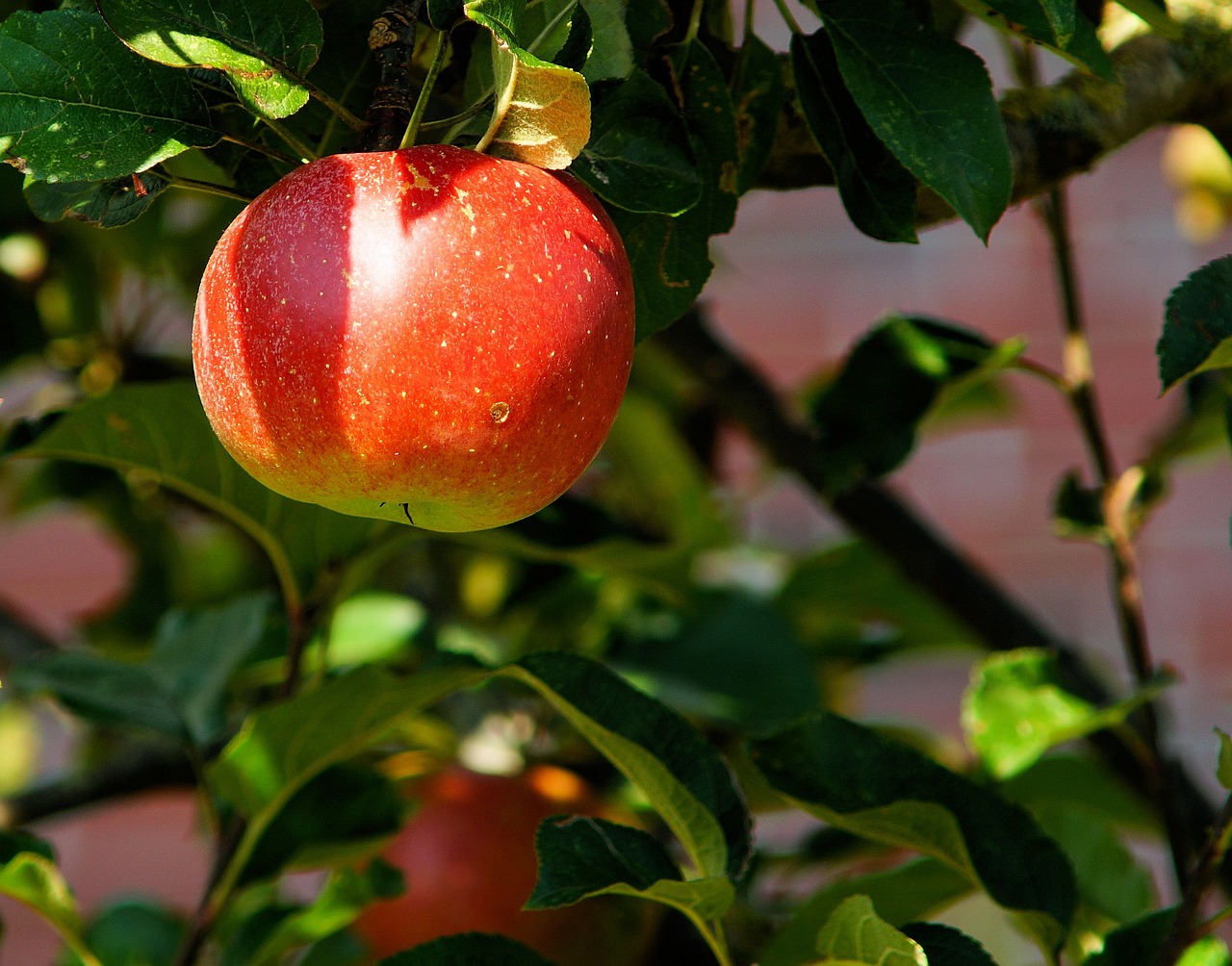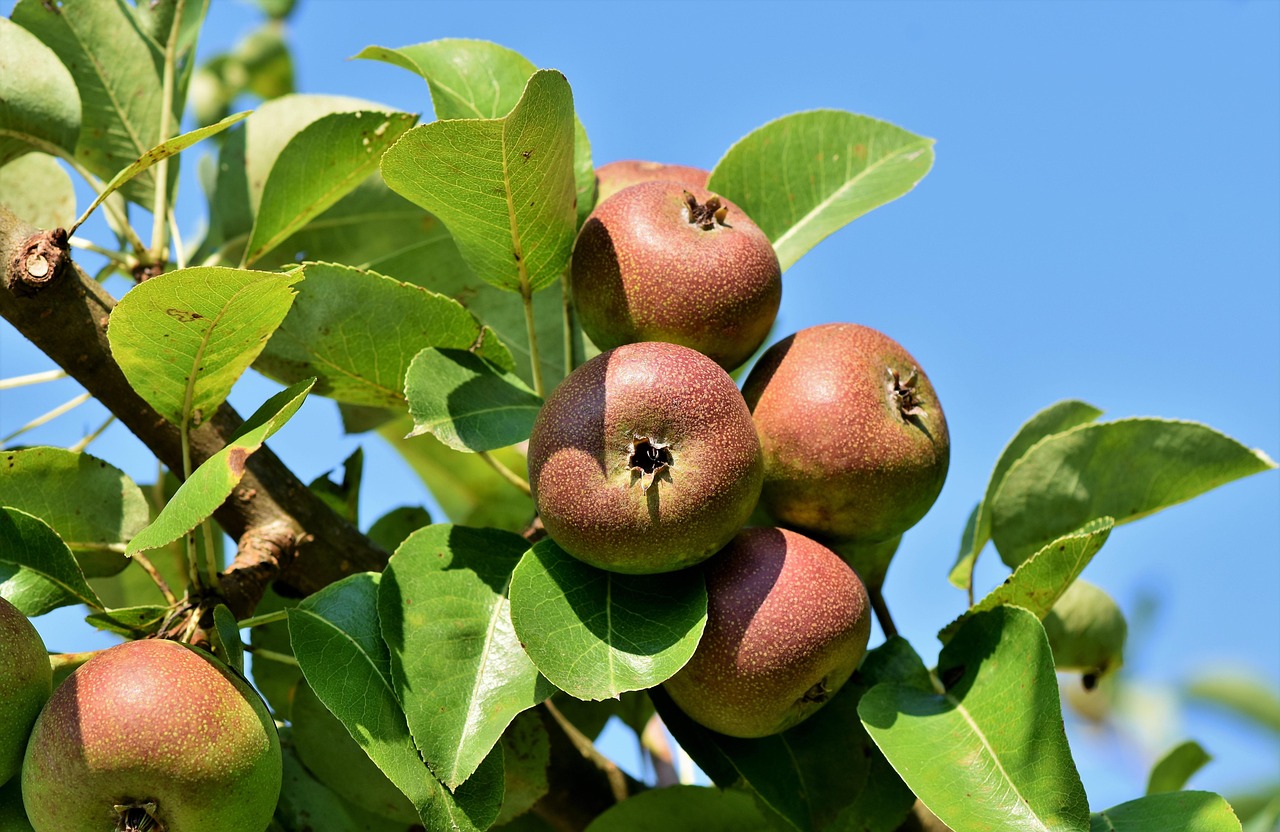When I first started managing my apple orchard in the colder regions, I quickly realized that winter pruning was not just a routine task—it was the lifeline for healthy, productive trees. I always remember the first time I carefully removed dead and damaged branches during a particularly chilly February. It felt almost like giving the tree a fresh start. Over time, I learned that proper winter pruning is absolutely essential for maintaining tree vitality and maximizing fruit yield, especially in cold climates where timing is everything.
I always make sure to prune during dormancy, which naturally happens in winter when the trees are resting. It’s the perfect window because trees aren’t stressed by active growth, making the pruning process less disruptive. I personally prefer late winter—usually just before buds start to swell—because I’ve found this timing reduces the risk of frost damage to my cuts. Trust me, I’ve learned the hard way that rushing into or delaying pruning can affect the outcome.

Over the years, I’ve come to appreciate that proper winter pruning has a multitude of benefits—improved structure, better fruit quality, and increased yields. It also helps tackle pests and diseases since removing crowded or diseased wood eliminates potential breeding grounds. If you’re like me, understanding the right techniques and timing can truly make or break the success of your orchard.
Understanding How Apple Trees Grow
What really helped me get a grip on pruning was understanding my apple trees’ growth cycle. I always pay attention to their rhythm—spring and summer are their active periods, with spring bringing new growth and flowering, while winter is their sleep mode. When I prune in winter, I focus on:
- Dormant Period: Trees rest after experiencing enough chilling hours, which helps them prepare for the upcoming season.
- Bud Development: Knowing that buds develop during dormancy helps me decide which branches to keep or cut—aiming to promote fruitful growth.
- Growth Hormones: Pruning influences hormone distribution inside the tree—this encourages healthier, balanced growth.
In my experience, keeping an eye on local temperatures is so important. I always check the forecast and aim to prune just before the buds swell—this minimizes frost damage. Honestly, patience and timing are key here, and I never rush the process.

My Tried-and-True Tools
I always swear by having the right tools on hand. Sharp, clean equipment makes all the difference—I’ve learned that the hard way, after making jagged cuts that took ages to heal. Here’s what I keep in my toolkit:
- Pruning Shears: Ideal for small to medium branches; I always keep mine sharp.
- Loppers: For thicker branches, these are a lifesaver—strong and precise.
- Saws: I prefer a good hand saw or pole saw for the bigger limbs; safety first here!
- Safety Gear: Gloves, goggles, and sturdy boots are a must—I’ve fallen in the orchard once or twice and learned that safety is no joke.
Remember to sterilize your tools before starting. I always wipe mine with alcohol; it’s a simple step that prevents disease spread.
Techniques That Have Worked Wonders for Me
Over time, I’ve adopted specific pruning techniques that truly improve my trees’ health. Each has a purpose:
Crown Thinning
- I always remove inward-growing branches to open up the canopy, which helps sunlight reach every leaf and improves airflow—crucial for fruit quality and disease prevention.
- I focus on keeping the strongest branches and removing weaker ones—this ensures the tree’s energy goes into the best growth.
Crown Reduction
- If my tree gets too tall or wide, I carefully cut back the dominant branches to a lateral, avoiding over-reduction—this might shock the tree if done excessively.
Removing Dead or Diseased Wood
- I always inspect each branch closely for signs of sickness or damage. I cut these at healthy tissue points—this prevents spreading issues and keeps my orchard healthy.
Every cut I make is deliberate, considering how it will influence future growth. A little patience pays off in healthier, more productive trees.
The Critical Role of Timing
From personal experience, I always say, timing is everything. Pruning too early risks exposing fresh cuts to frost; too late and you interfere with bud development. I keep a close eye on local frost dates and weather patterns. Waiting until late winter usually works best for me—it’s when trees are fully dormant but still receptive to shaping.
Avoid Common Pitfalls I’ve Learned To Dodge
- Over-pruning: I used to cut too much, thinking it would boost growth—turns out, that stresses the tree. Now I only remove what’s necessary.
- Ignoring the natural shape: Maintaining a balanced, open structure has always paid off for me, especially when managing airflow and sunlight.
- Incorrect cuts: I always make angled cuts at about 45 degrees—simple but vital for proper healing.
- Neglecting health: Before pruning, I check for pests or diseases—missing these can cause bigger problems down the line.
Understanding Tree Anatomy Has Been a Game Changer
Knowing the parts—branches, buds, trunk, roots—has helped me decide exactly where and how to cut. For instance, I always aim to preserve buds that are well-positioned for fruitful growth, which increases my chances of good yields.
How I Follow Pruning Standards
I stick to some simple standards:
- Heading Back: I cut tips of branches to encourage bushier growth—perfect for shaping.
- Lateral Pruning: Removing side shoots that compete with the main branch keeps the tree balanced.
- Thinning Out: Removing entire branches at the base helps air and light circulate—vital for tree health.
Seasons matter too. During spring, I do minor tweaks after flowering; in summer, I manage excess growth to keep fruit exposed. Adjusting practices seasonally has really helped me keep my trees in top shape.
Managing Pests and Disease During Winter Pruning
I always keep pest and disease inspection at the forefront. A thorough check before pruning helps me catch any issues early. After pruning, I sanitize my tools—especially after cutting diseased wood—to prevent spreading infections. If I see signs of pests, I use organic treatments, always following safety guidelines. Encouraging beneficial insects—like ladybugs—by planting companions nearby has also been a helpful, natural way to keep pests in check.
The Weather Whisperer: Planning My Pruning
Weather has taught me patience. I watch for stable, dry days—pruning when it’s damp can invite diseases. In cold climates, I wait until the risk of a hard frost passes, and I sometimes wrap young trees for extra protection from cold winds. Flexibility is my mantra—I always adapt my schedule based on the season’s whims, because no two years are the same.
Post-Pruning Care: What Works for Me
After pruning, I monitor my trees carefully. I watch for stress signs like wilting, and ensure they get enough water—especially if the winter
